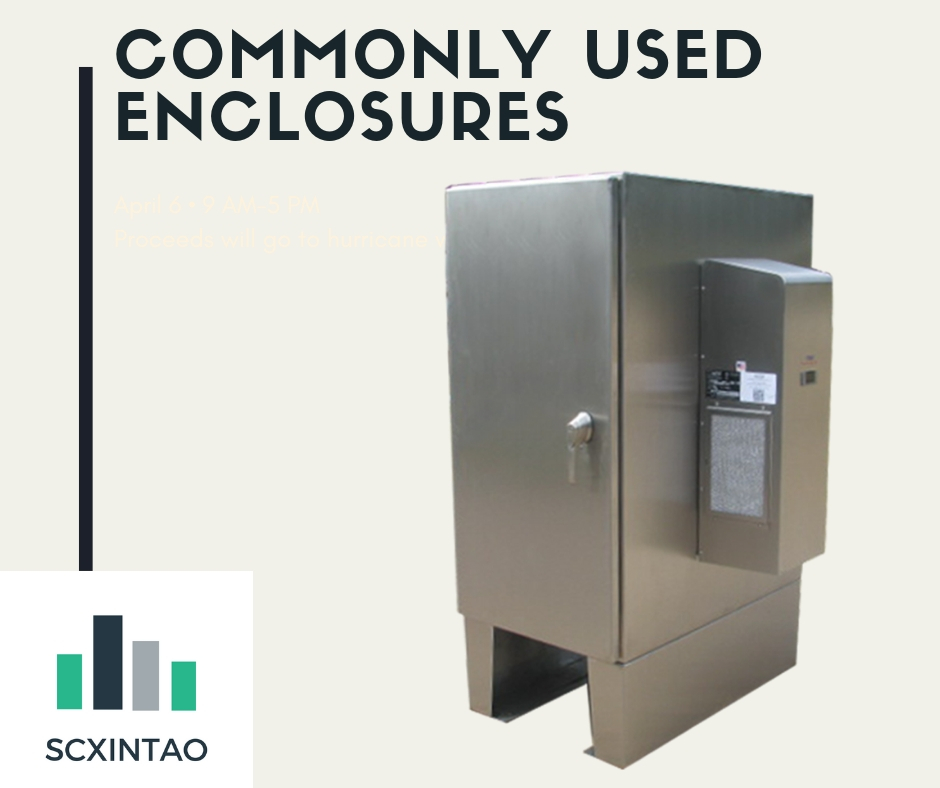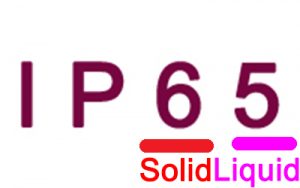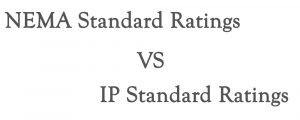
NEMA 6 ELECTRICAL ENCLOSURES
NEMA 6 electrical enclosures are designed to be used for both indoor and outdoor applications. These enclosures are used in instances where there is a possible temporary water submersion. NEMA 6 enclosures are waterproof and these can be found in varying range of applications – this includes protecting electric vehicles during sea transportation.
Engineers don’t have to worry about the design when it comes to a NEMA 6 enclosure. Not only a NEMA 6 enclosure can give protection for personnel having an accidental contact with the electrical equipment, it can also stand wet environments. In addition to this, it can also protect the equipment from falling dirt, dirt ingress, can prevent external ice formation around the enclosure, and lastly it can prevent water ingress due to temporary submerging of the enclosure.
CONSIDERATIONS FOR NEMA 6 ENCLOSURES.
Originally, NEMA 6 enclosures are designed to withstand harmful and wet environments. But it is also commonly used for power plants and alternative energy companies. These enclosures can come in different ranges and sizes of materials. It can be in a form of small impact-resistant polycarbonate to larger steel structures NEMA 6 enclosures.
NEMA 6P ELECTRICAL ENCLOSURES.
Like the NEMA 6 electrical enclosures, NEMA 6P can also offer the same amount and range of protection but it can withstand longer submersion in water. In addition to this, it has an additional layer of protection to prevent corrosion from happening.
These enclosures are considered to be one of the most rugged waterproof enclosures available today. Their capability to withstand harsh and extreme environments, 6P is considered to be used to house electrical equipment and devices used in mines and remote caves.
In addition to this, it also houses electrical devices used in some of the offshore environments, which imposes a high risk of corrosion for electrical equipment. In applications where there is a presence of chemical cleaners, NEMA 6P’s are used to prevent unnecessary corrosion in electrical equipment.
CONSIDERATIONS FOR NEMA 6P ENCLOSURES.
The widely used material in manufacturing NEMA 6P enclosures is aluminum because it gives 6P the ability to withstand harsh environments. In addition to this, aluminum is the earth’s most abundant metal that’s why this is the most cost-efficient material. Also, aluminum is lightweight, and can prevent corrosion.
Because of its ability to prevent corrosion, enclosures made in aluminum are most often preferred to enclosures made form stainless steel. Mainly because stainless steel enclosures are often damaged by corrosion – especially when used in marine offshore applications. Salt water can cause metals to corrode and because of this it can impose a higher damage risk to any electrical equipment.
NEMA 7 ELECTRICAL ENCLOSURES
NEMA Type 7 enclosures are built for indoor hazardous locations classified as Class 1, Division 1, Groups A, B, C or D which are defined in NFPA 70. These hazardous classifications include atmospheres containing inflammable gases in the air which may cause internal explosions.
Explosion-proof enclosures such as NEMA 7 enclosures are designed to contain explosions without causing external damage. Explosions are not uncommon in chemical plants and oil and gas facilities.
CONSIDERATIONS FOR NEMA 7 ELECTRICAL ENCLOSURES.
This type of enclosure are commonly produced in diecast aluminum or stainless steel but this one is not as common as any other enclosures – such as NEMA 4X. These enclosures are commonly used in applications where there is a need to protect any electrical equipment from potential explosions in environments susceptible from combustible gases. The places prone to explosions are oilfields and warehouses.



